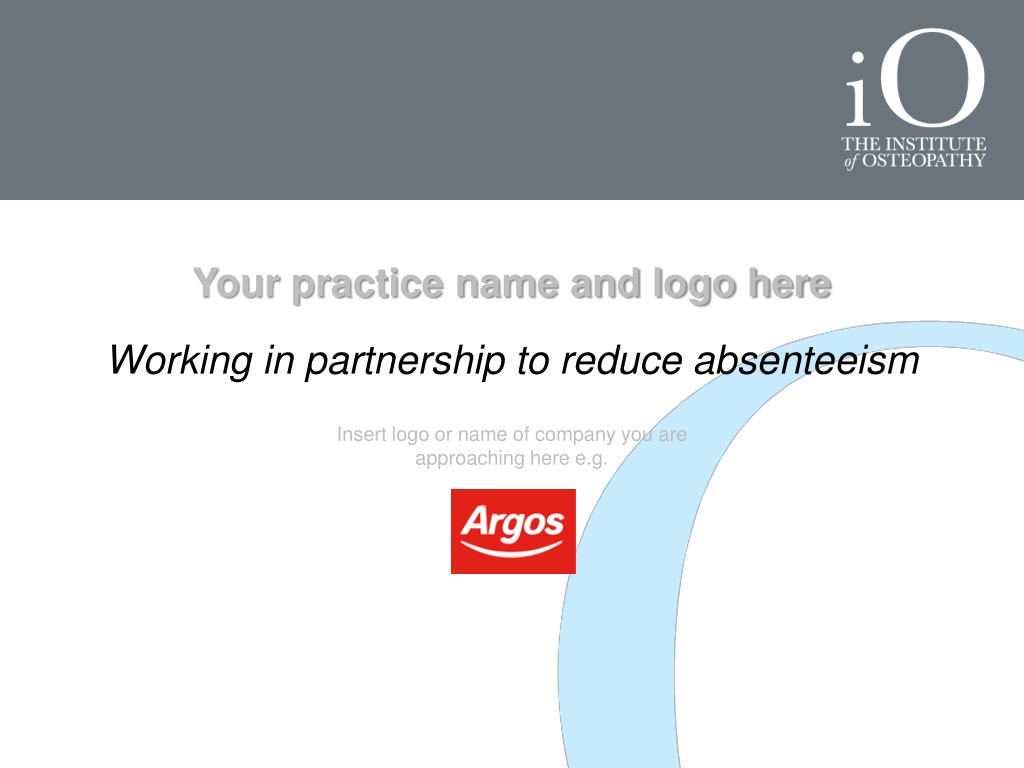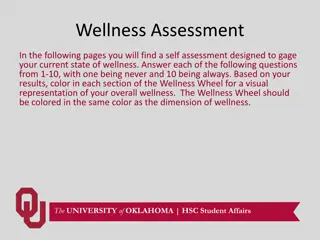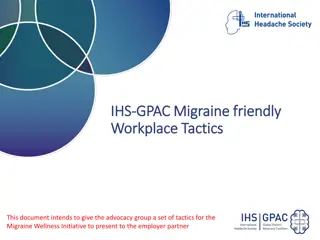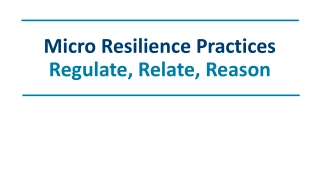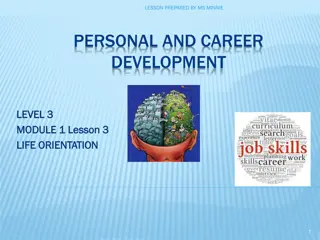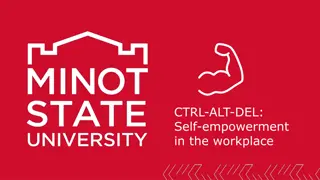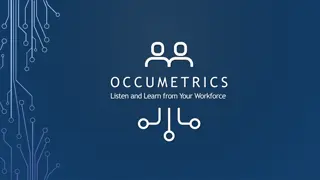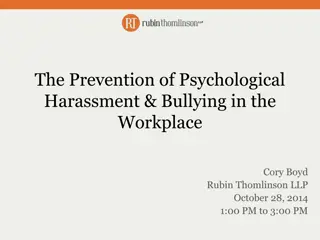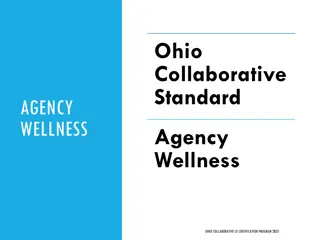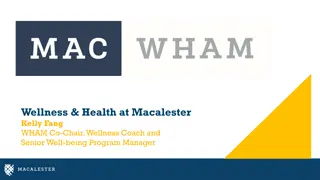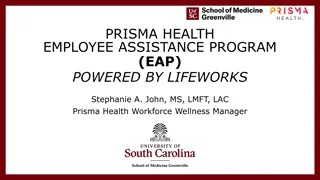Osteopathic Practice for Workplace Wellness
Osteopathic practice offers effective treatment for musculoskeletal issues, reducing absenteeism and improving employee productivity. With gentle yet powerful methods, this approach helps organizations combat absenteeism due to back, neck, and joint problems. Fast intervention, personalized care, and a caring employer image are some benefits. Trust in experienced osteopaths with a reputation for practical and honest treatment. Choose osteopathy to enhance workplace health and vitality.
- Osteopathic practice
- Workplace wellness
- Musculoskeletal disorders
- Absenteeism reduction
- Employee productivity
Download Presentation

Please find below an Image/Link to download the presentation.
The content on the website is provided AS IS for your information and personal use only. It may not be sold, licensed, or shared on other websites without obtaining consent from the author. Download presentation by click this link. If you encounter any issues during the download, it is possible that the publisher has removed the file from their server.
E N D
Presentation Transcript
Your practice name and logo here Working in partnership to reduce absenteeism Insert logo or name of company you are approaching here e.g.
Your practice name and logo here Absenteeism due to back, neck and joint problems costs you money, reduced productivity and low staff morale Your osteopathic practice provides cost effective treatment for these problems in your locality and help your work force return to work faster
Absenteeism a universal issue Up to 60% of people who are on long term sick leave cite musculoskeletal problems as the reason Health & Safety Executive (HSE) The most common musculoskeletal Disorders (MSD) affecting the workforce are neck, back and joint problems and these account for the majority of working days lost Health & Safety Executive (HSE) Early intervention significantly reduces the chances of these conditions becoming chronic and leading to long-term absenteeism and disability Musculoskeletal Services Framework DOH 2006
About Osteopathy Osteopathy is a system of diagnosis and treatment for a wide range of health conditions. It is recognised by the NHS and well known for effective treatment of musculoskeletal disorders such as back pain, neck pain, joint and muscle pain. It has an excellent safety record and is suitable for patients of all ages. Treatment is usually very gentle, involving a combination of mobilisation, manipulation and soft tissue massage to help improve function. As osteopaths are independently regulated primary healthcare professionals, patients don t need to be referred by their GP
How can My Osteopathic Practice help you? We can provide a fast, safe, effective treatment service for low back, neck and joint pain for your employees Faster intervention and personalised treatments mean we can help reduce off sick days and lost productivity Improved staff morale through effective pain management and support Enable organisations to position themselves as a caring and supportive employer
Why choose My Osteopathic Practice? Over ??? years experience in treating musculoskeletal disorders Reputation for a clear, honest and practical approach Fully qualified and skilled osteopaths registered with General Osteopathic Council Indemnity insurance up to 10 million (with iO scheme / probably 5 million if insured elsewhere)
What can My Osteopathic Practice offer you? Treatment for musculoskeletal disorders at a competitive rate charged to you by (my practice) through monthly invoicing Regular reports showing numbers of treatments / employees / costs Annual audit allowing for yearly comparison
Features & Benefits Features Your words here Benefits Recognised name that users can trust and access easily (your words may be better) Proven track record of managing MSDs (Your words here) Fixed fee per session with a cap on number of sessions Reduced days lost due to MSDs Prices frozen for length of contract or agreed term No nasty surprises for you
Testimonials Add statements from other patients who have praised your service
Any questions? Give your audience an opportunity to ask questions or discuss any issues or concerns that they have
Contact me Add your contact details including your name (or the name of the practice principal or practice manager) practice address, telephone number, email address, website and social media (if you have them). You may wish to add a map showing your location or a photograph of the front of the practice
